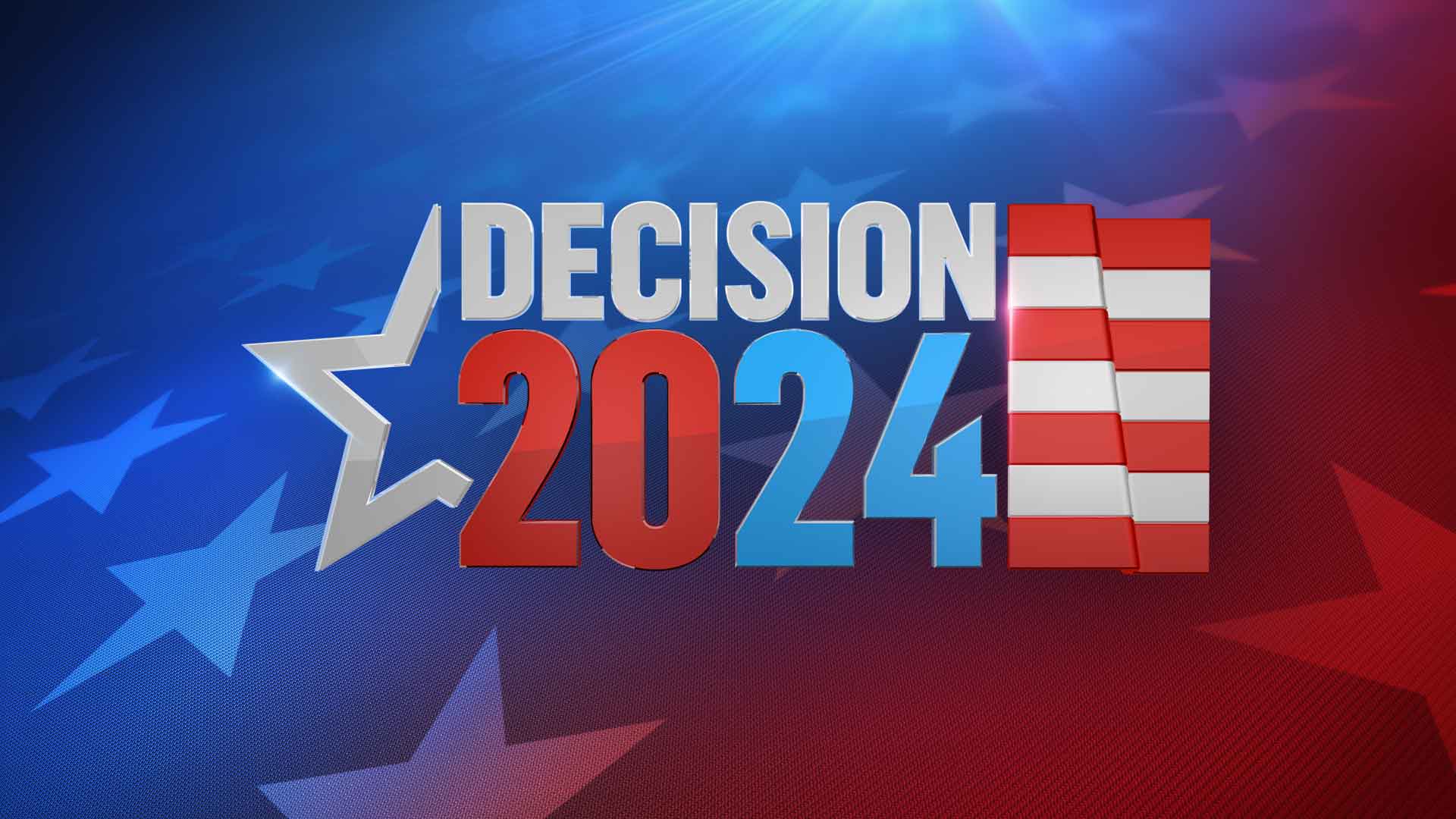March 5 is Super Tuesday, when many key races will be decided in Texas.
Nearly 2 million Texans have already voted, trending older and more Republican. Like almost every election, young people are not showing up in the exact amounts.
Because Texas political districts are drawn to favor the status quo, if new people are elected, the change will happen in the March primary. According to numbers compiled by Ryan Data and Research, the voters are much older than the general population of Texas.
Only 3.4 percent of the 1.2 million Republican primary voters so far are under 30, according to the company founded by Derek Ryan. Roughly 45% are between the ages of 50 and 69. More than 37% are over the age of 70. Republican early voters so far are roughly split between men and women, with men just barely edging out men.
Get top local stories in DFW delivered to you every morning. Sign up for NBC DFW's News Headlines newsletter.
The roughly 600,000 Democrats who’ve shown up are younger but just barely. 57% of the Democrats who voted early are women, according to the data.
Across Texas, a largely uncontested race on the Democratic top-of-the-ticket race is leading to a low turnout. The Republican side doesn’t have a competitive race between former President Donald Trump and former Ambassador Nikki Haley to draw people out. Still, the GOP does have a lengthy list of competitive down-ballot races.
Local
The latest news from around North Texas.
Denton County already has a higher-than-normal turnout, at 8.7%, because of several competitive races: two for the Texas House, one open seat for the Texas Senate, and one open seat for Congress.
“Anytime you have an open race contest, it’s going to drive turnout. It’s going to drive interest,” said Matthew Eshbaugh-Soha, a political science professor at the University of North Texas.
Eshbaugh-Soha says the retirement of Congressman Michael Burgess has brought a series of candidates out to run.
“The 26th congressional district hasn’t had a general election race for decades. It’s all about the Republican primary. There’s a lot of money. There’s a lot of information, and people are engaged because they can really have a say in this election,” said Eshbaugh-Soha.
That turnout, however, is not being replicated around the state. Historically, Texas has notoriously low turnout. Derek Ryan from Ryan Data and Research estimates that between two and three million voters will appear during the March primary election.



